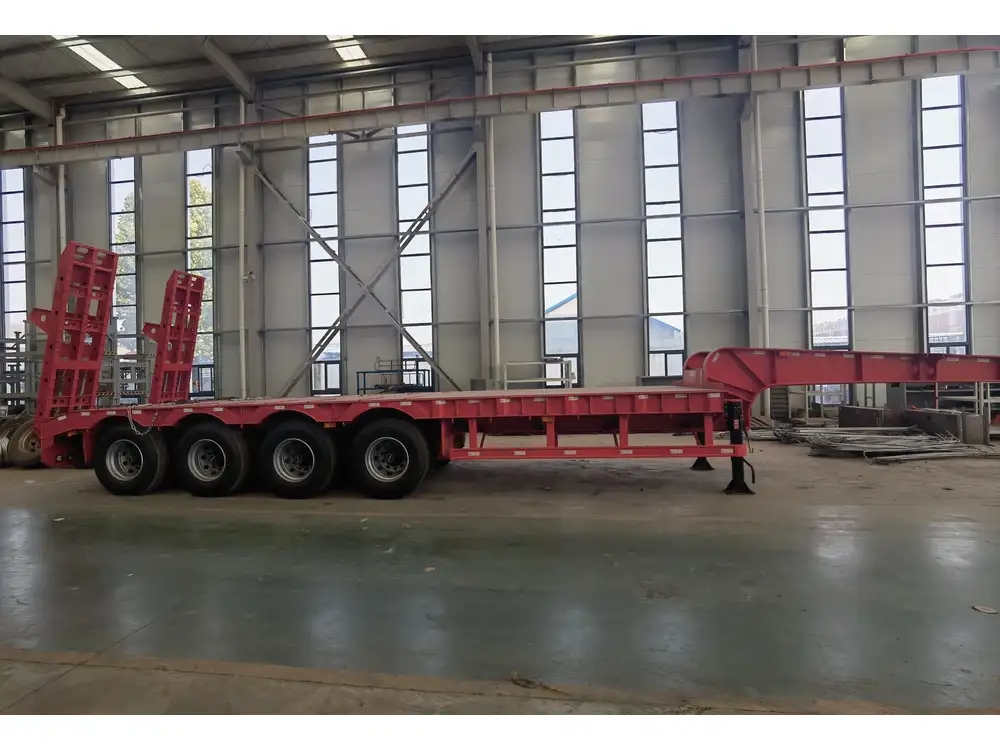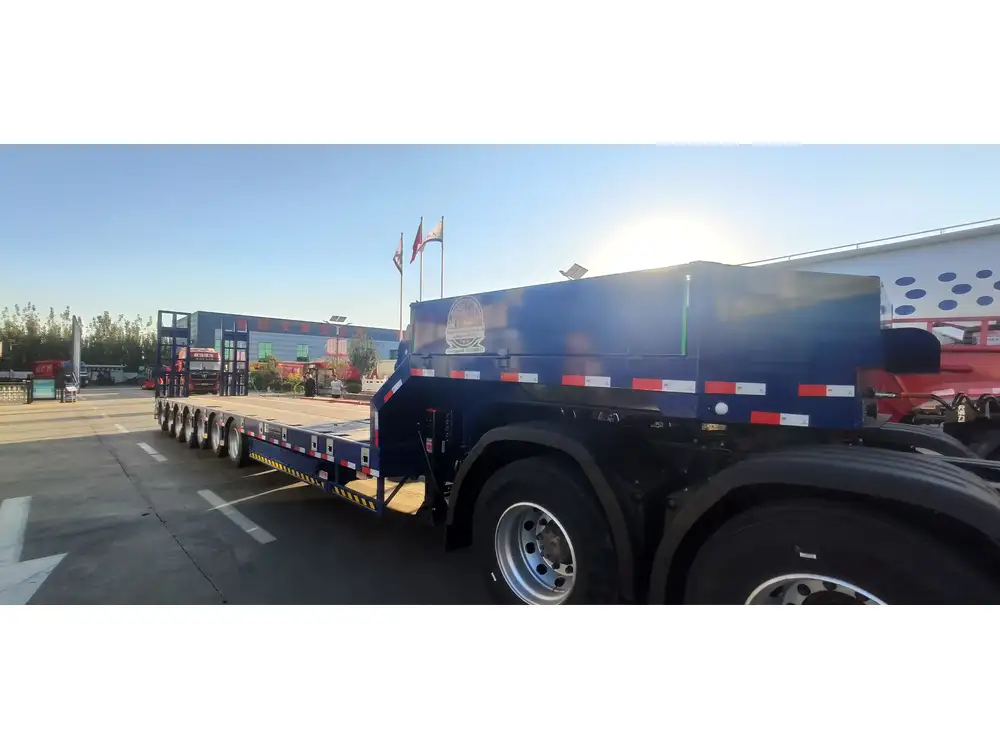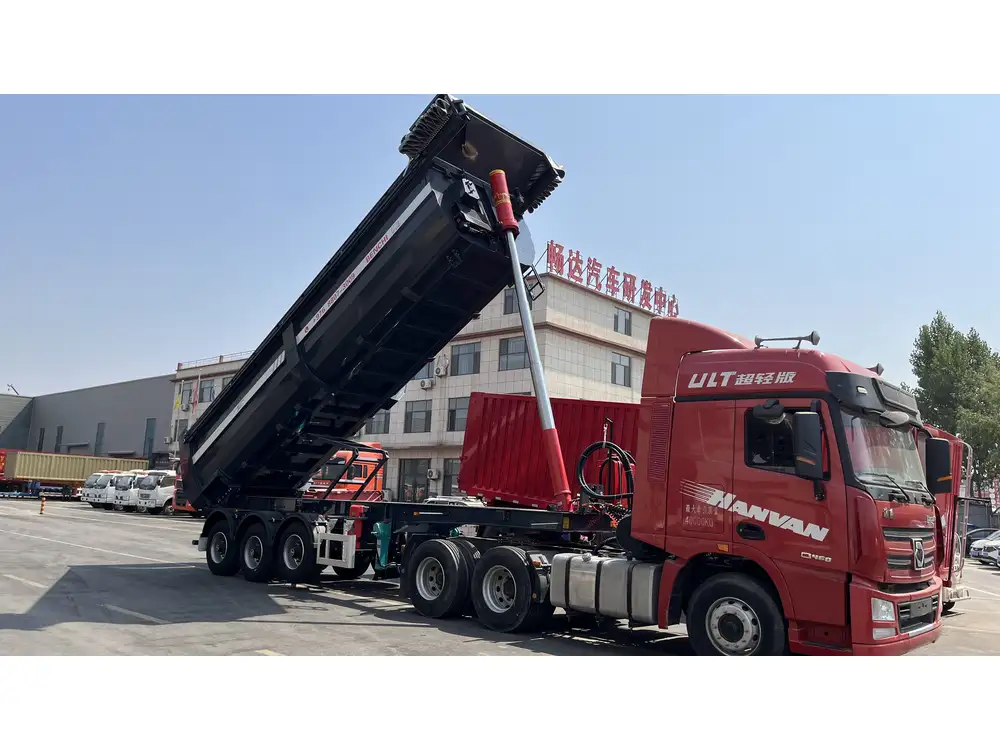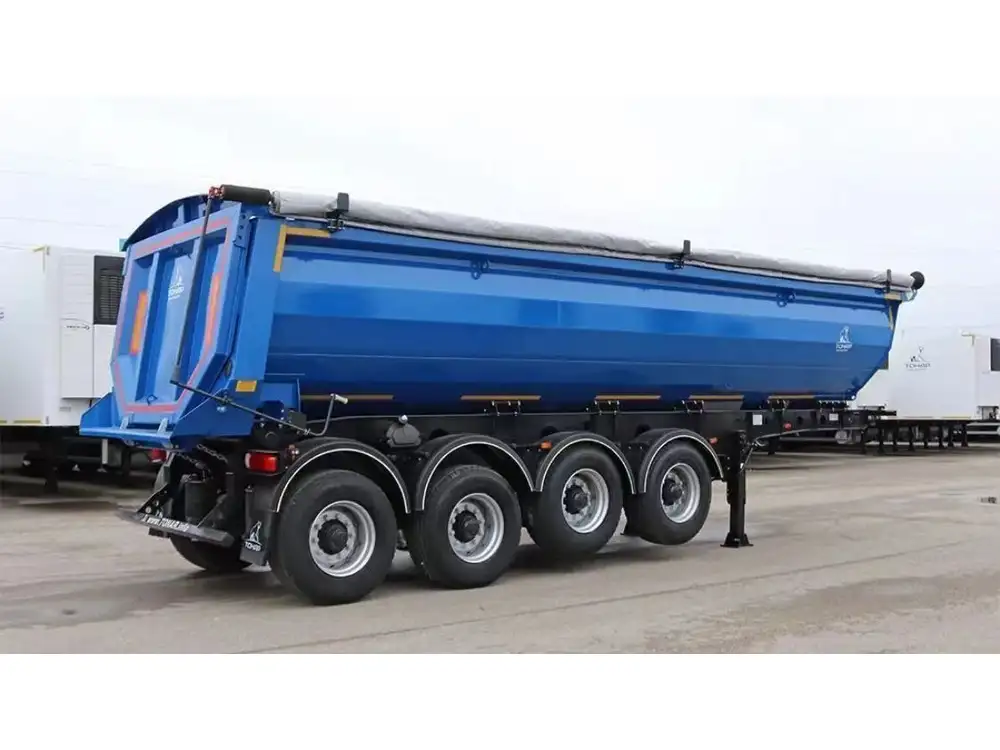Air brakes are an essential safety feature in commercial vehicles, especially semi-trailers. Understanding how to properly release them is critical for truck operators, ensuring they can safely maneuver their vehicles. This article delves into the intricate details of releasing air brakes on semi-trailers, addressing common issues and offering tips for optimal operation.
Understanding Air Brake Systems
Air brake systems operate based on the principle of compressed air, utilizing it as a force to engage and disengage the braking mechanism. Here’s a breakdown of the main components involved:
| Component | Description |
|---|---|
| Compressor | Produces compressed air for the braking system. |
| Air Tanks | Store compressed air until required. |
| Brake Chambers | Convert air pressure into mechanical force to apply brakes. |
| Slack Adjusters | Ensure proper brake shoe adjustment. |
| Valves | Control the air flow to different parts of the system. |
The Air Brake Release Mechanism
When pulling the parking brake or engaging the release mechanism, the following sequence occurs:
- Decompressing the System: As the driver pulls the release valve, air pressure builds up in the release line.
- Disengagement of the Brakes: The pressure forces the diaphragm in the brake chamber back, allowing the brake shoes to retract from the drum, thus releasing the hold on the wheels.

Importance of the Release Process
Understanding the release process is vital for:
- Safety: Preventing accidents caused by prematurely releasing brakes.
- Efficiency: Ensuring fluid operation during maneuvers.
- Maintenance: Identifying potential issues within the air brake system.
Step-by-Step Guide: How to Release Air Brakes on Semi-Trailers
Releasing air brakes effectively requires adherence to specific procedures. Below, we detail a comprehensive step-by-step approach.
Step 1: Prepare the Vehicle
Check the Air Pressure: Use the dashboard gauge to ensure the air pressure level is within the optimal range (generally around 100-120 PSI). Insufficient pressure could indicate an issue within the air system.
Inspect the Vehicle: Visually inspect for any visible leaks or damages in hoses and connectors while ensuring the brake lights are functioning.

Step 2: Engage the Tractor
Start the Engine: This action will enable the air compressor to generate pressure and prepare the air brake system for operation.
Allow Time for Charging: Wait for the air system to build adequate pressure—watch for the gauge to stabilize.
Step 3: Release the Parking Brake
Locate the Parking Brake Control: This is typically a lever or a knob located on the dashboard.
Pull the Release Valve: With your foot off the brake pedal, pull the parking brake control to disengage the brakes. This will initiate the air flow, allowing the brakes to release.
Listen for the Air Release Sound: A hissing sound indicates that air is escaping from the brake chambers, signifying successful disengagement.
Step 4: Test the System
Perform a Brake Test: To ensure the brakes have released properly, gently press the accelerator. The semi-trailer should move without resistance if the air brakes have released adequately.
Check for Warning Lights: Ensure that no warning lights are illuminated on the dashboard, signaling that there may be an issue with the brake system.

Step 5: Document Any Issues
- Log any Anomalies: If you experience difficulty in releasing the air brakes or notice any unusual sounds, document these for further inspection. Potential issues could include air leaks, faulty valves, or malfunctioning brake chambers.
Troubleshooting Common Issues
Despite following the standard procedures, there may be instances of problems. Here’s a structured approach to troubleshoot common issues related to air brake release:
Air Pressure Insufficiency
Symptoms: The air pressure gauge reads below normal levels.
Solutions:
- Check for leaks in the air lines.
- Verify the compressor functionality.
- Inspect air tanks for moisture accumulation that may affect air quality.

Brake Not Releasing Smoothly
Symptoms: Hesitation or rigidity when attempting to move the tractor.
Solutions:
- Examine the brake chambers for corrosion or malfunction.
- Test slack adjusters for proper movement.
- Replace any worn components.
Warning Lights Illuminated
Symptoms: Dashboard lights activate, particularly the brake warning light.
Solutions:
- Conduct a system diagnostic check.
- Inspect the pressure sensor and associated wires.
- Consult a professional for in-depth analysis.
Tips for Maintaining Air Brake Systems
Regular maintenance is crucial for ensuring the air brake systems function effectively. Here are the best practices for upkeep:

Scheduled Inspections
| Frequency | Task |
|---|---|
| Daily | Check air pressure levels, inspect hoses and connections. |
| Weekly | Test functionality of brakes, examine lights and warning signals. |
| Monthly | Inspect brakes for wear, check compressor performance. |
| Annually | Comprehensive system overhaul, including parts replacement. |
Proper Training
Investing in driver training programs can significantly reduce mishaps:
- Hands-On Training: Provide vehicle operators with practical experience in air brake operation and troubleshooting.
- Safety Protocols: Train drivers on safety measures when working with air brake systems, including how to respond to system failures.
Replace Worn Components
- Brake Shoes & Drums: Regularly monitor and replace them based on wear indicators.
- Air Seals and Hoses: Ensure they remain intact and free from cracks or deformities, as these can lead to leaks and reduced efficiency.

Frequently Asked Questions (FAQs)
1. What is the minimum acceptable air pressure for releasing air brakes?
The minimum effective pressure typically sits at around 60 PSI. Below this, the brakes may not release properly.
2. Can I manually override the air brake system?
No, the air brake system is designed to operate on a specific air pressure threshold for safety reasons. Manual overrides are not advised.

3. How can I tell if my air brake system requires servicing?
Look for signs such as inconsistent air pressure, audible leaks, or warnings on the instrument panel. If you notice these, it’s advisable to seek professional maintenance.
4. What happens if I release the brakes while under pressure?
This action can be dangerous, potentially causing loss of control over the vehicle. Always ensure brakes are released according to protocol.
5. Are there alternative braking systems for heavy trailers?
While air brakes are standard for heavy-duty trailers, some manufacturers utilize hydraulic or electric systems dependent on the truck specifications.

Conclusion
Understanding how to release air brakes on semi-trailers is critical not only for safe operation but also for efficient performance. Through structured processes, regular maintenance, and troubleshooting, operators can ensure their braking systems remain in excellent condition. By adhering to the guidelines in this article, drivers can mitigate risks and keep their vehicles safely on the road. Regular training and observance of best practices will not only prolong the lifespan of air brake systems but will also significantly enhance overall safety on the highway.



